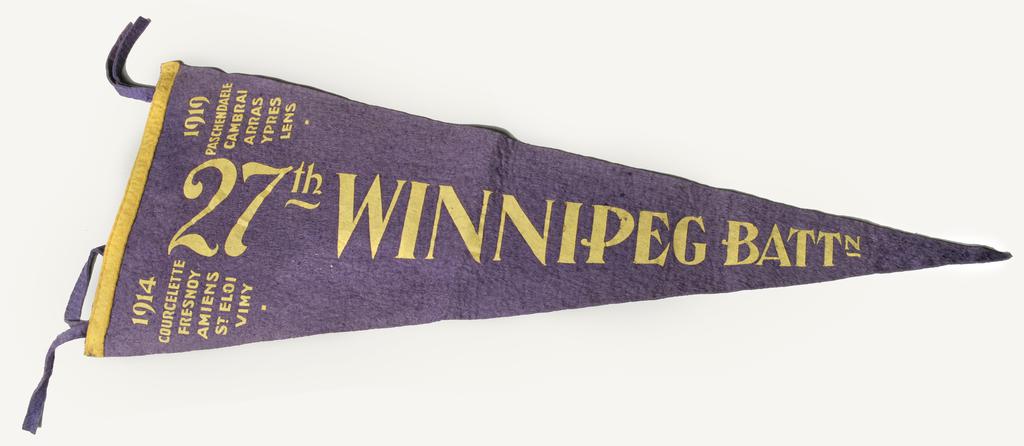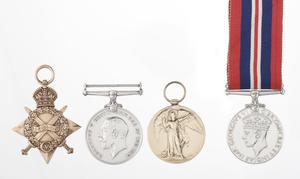Unit
27th Canadian Infantry Battalion (City of Winnipeg)
Branch
Infantry
Service Component
Canadian Expeditionary Force
Service Number
71357
birth
1894/11/10
Halifax, Nova Scotia, Canada
death
1952/05/27
Ottawa, Ontario, Canada
grave
Beechwood Cemetery, Ottawa, Ontario
Gender
Male
Archibald Leith Burgess was born in Halifax on 10 Nov 1894 to James and Susan Burgess. By the 1901 the family of three was living in the Kootenay area of British Columbia where James was working as a gold miner and, according to the Census, six year-old Archibald was a railway worker. They were still in the area ten years later but by the war’s beginning, Archibald had made his way to Winnipeg, Manitoba and working as a clerk.
He attested to the 27th Canadian Infantry Battalion (City of Winnipeg) on 26 October 1914 and sailed with its first draft to the United Kingdom aboard SS Carpathia on 17 May 1915. After further training in the United Kingdom the unit arrived at Boulogne, France 18 September1915 and incorporated in to the 6th Canadian Infantry Brigade of the 2nd Canadian Division. At this time, the Canadian Corps consisted of these two divisions under the command of LGen Alderson. By October the 27th Battalion was the front lines in the Locre area of Belgium, in West Flanders near Messines. Action was haphazard and the 27th would not see pitched combat until 1916 but they were subject to artillery fire each time they took their position in the lines at “the Tea Farm”. Burgess’ records indicate that he was hit by a rifle grenade 19 October. Burgess was hit in both knees by fragments causing injuries that dogged him for the rest of the war. After initial care at the site he was sent to No. 13 Hospital at Boulogne where some fragments were removed and then returned to the United Kingdom for further treatment. He remained in some pain and was unable to walk and further operations were conducted. His treatment continued with only slow recover through 1916 interspersed with periods in which he seems to have been employed as a clerk at the various hospitals he attended. Eventually he was sent back to Canada for further treatment. He left Liverpool 11 June 1917 aboard the H.S. Araguaya and upon arrival in Canada was sent to a military rehabilitation centre in Victoria, British Columbia. Here he continued to show improvement and was, by May 1918 taken on strength there as an admissions clerk. By August he was sent eastward to No. 3 Battalion Garrison Regiment in Kingston, Ontario. In September he was made a Sergeant. In January he was sent to the district sub-depot in Ottawa for employment but on 5 February he was discharged from the service.
Burgess stayed in Ottawa and by the 1921 Canadian Census he was living in the Capital Ward there with his parents and working with the Federal government. In January 1925 he married Martha Fairweather listing his employment as a clerk with the Customs and Excise Department. Burgess joined up again for the Second World War as he was issued the 1939-45 War Medal, but presumably did not serve overseas. Archibald died on 27 May 1952 apparently from insecticide poisoning. He is buried in Beechwood Cemetery in Ottawa.



